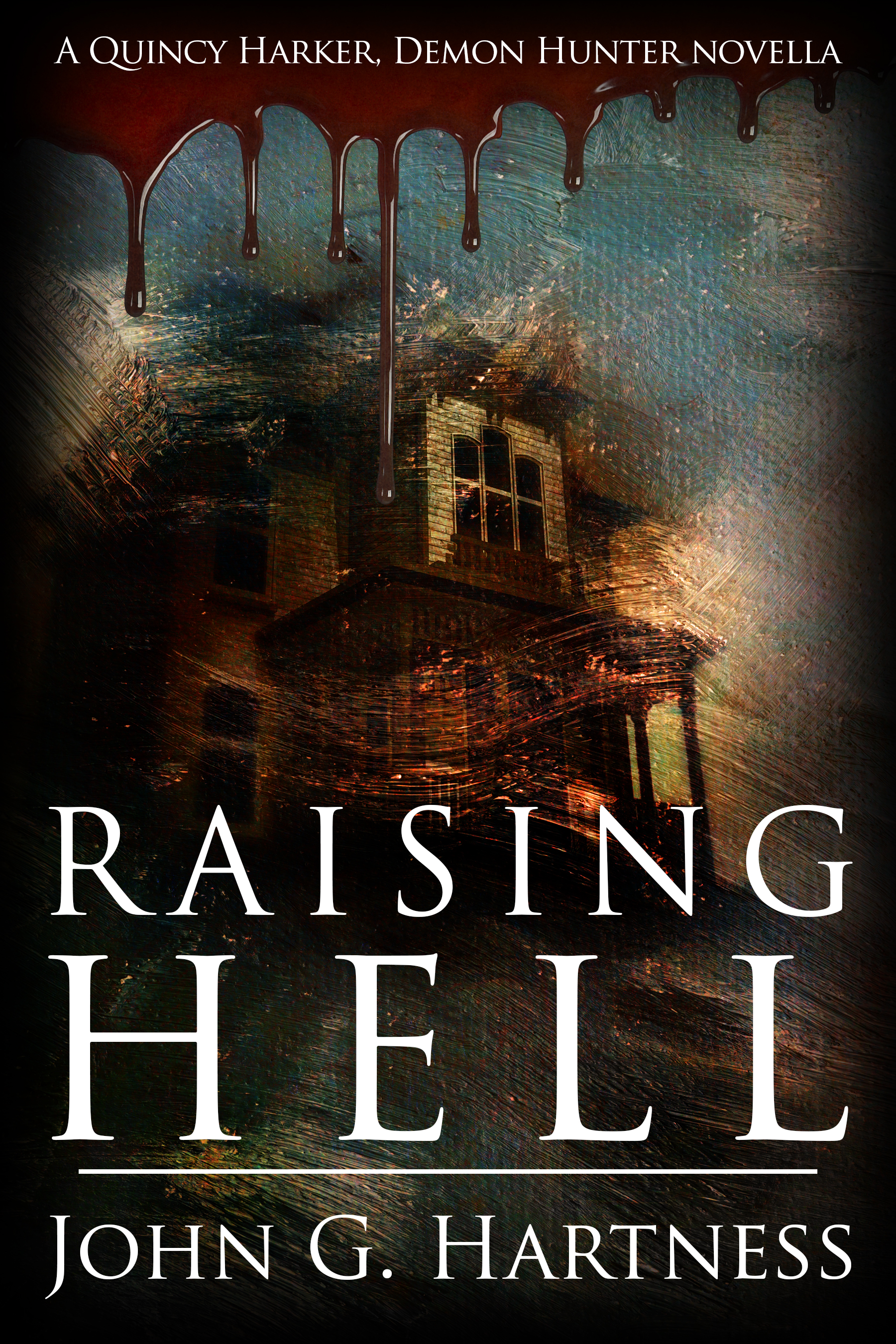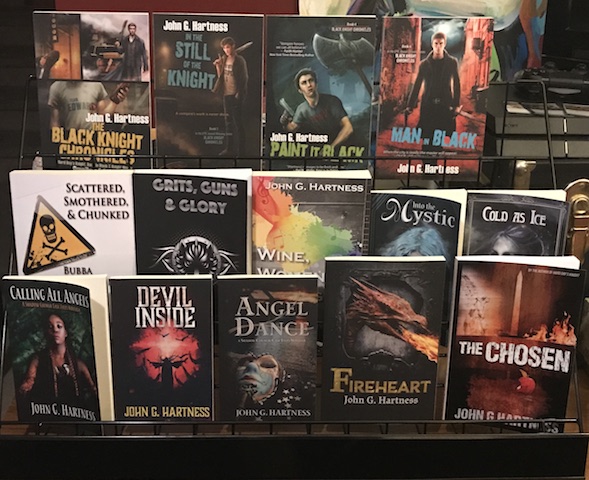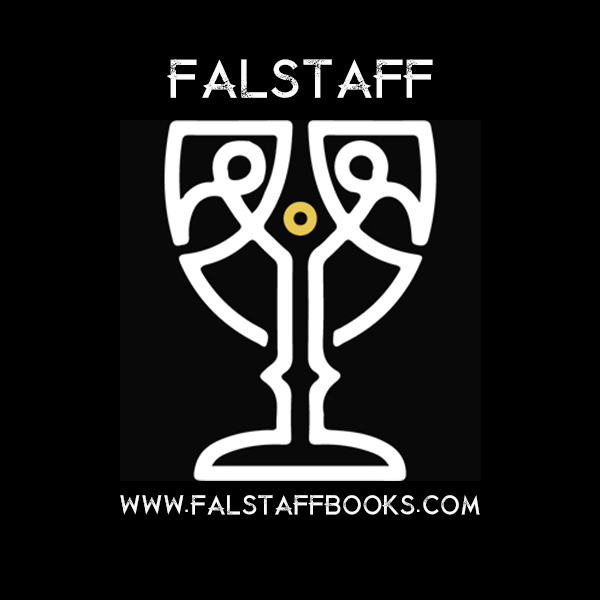So a lot of folks who stop by here know that I play Magic: the Gathering. A lot. Like several times a week I’m at a local game shop playing cards, and pretty much every day I’m reading articles about the game, tweaking my deck lists, checking the value of cards, swapping out good stuff for bad stuff in my trade binder, etc.
You could say I’m into the game. Just like I was into poker before this. Yes, I understand that part of my nature and continue to posit that it’s better than drugs. But really, it’s just like drugs – I spend all my money on magic and therefore I don’t have any money to buy drugs.
Since I’m only a mediocre player of the game (leave me alone, the game is complex, and I’m not really all that bright), one of my favorite things to do is trade magic cards. I also will often buy collections from people and resell them for money, or sell cards when money is tight. This post is intended to help you maximize your fun and profit without being a dick to the people you’re trying to trade with. We’ll talk a little about buying and selling, too, but mostly about trading. If you follow these simple rules, you don’t have to worry about getting ripped off, and you’ll have a better time trading.
1) Tomorrow/yesterday/next year/last year values don’t matter – In most cases, it makes no damn difference if Bonfire of the Damned was a $50 when it was legal in standard, it’s a $5 card today. Nobody cares that Snapcaster was $20 when Innistrad was in print, it’s $60 today. Prices fluctuate, and you’re trading based on the current value of the card, not the recent value or the possible potential value. Live in the now, trade in the now. The possible exception is when you’re trading new cards for old cards. Depending on how bad your trade partner wants an Unlimited Chaos Orb ($100), you might be able to get 2 Snapcaster Mages ($120) for it, because there are fewer Chaos Orbs in print that there are Snapcaster Mages. So you may be able to get a premium for older, more rare cards, but that’s typically part of what determines the market price anyway, so it’s unlikely except in extreme cases. And don’t get butthurt when you trade away a card that goes through the roof the next weekend. Yeah. maybe somebody had extra information that gave them an edge, but you’ve probably been on the other side of that experience, too. Or you will one day. It’s all one big cycle, like my buddy Richard and my Circle of Cinder Glade, where we traded the same land back and forth four times in a weekend because we needed filler for different trades.
2) It doesn’t matter what site you use for pricing. Ever. I use Star City Games because I find it easier to navigate. If you want to use TCGPlayer, that’s fine, but I’m going to make you look everything up because I find their interface clunky. As long as you are on the same page, literally, then it doesn’t matter if you use SCG, TCG, eBay or the kiosk in the local game store. Just make sure you are both on the same site, because you don’t want to be valuing your cards from a notoriously lowball site and have your trading partner value their cards from a notoriously high-dollar site. That ends in drama. And nose punching.
3) It’s okay if you don’t want anything in my binder. My binder is small, and eclectic, and it won’t hurt my feelings if you don’t want anything there. But I also do a lot of trades just for value, so if you find something, don’t be shy about asking to trade for it. We’ll find a way to get there. Last night I wanted a foil Windswept Heath ($40) off a guy at the shop. He wanted a bunch of Unglued basic lands off me ($60), so when we locked in the deal for the foil Heath, I just poked around his trade stock until I found an extra $20 to get the rest of the deal done.
4) Don’t be a dick. Don’t be that guy haggling over a quarter. Nobody cares that much over a quarter. Don’t be the guy making fun of what’s in somebody else’s binder. They might only have enough money to draft once a week, and this is their draft rares. Or maybe they just put a binder together and don’t really care about trading (I don’t understand this mindset). But basically, trading is an opportunity for social interaction, often with new people. Take the time to be nice, to be welcoming, to say something nice about their binder or cards, point out something unusual or cool that they have – a funky foil that looks really cool, or something. Make a friend. Trading is a chance to interact with other players when you’re not actively trying to beat them in a competition, so make it pleasant. And really, don’t be that guy who haggles over quarters. Usually, if I get within a dollar or two on a decent-sized trade, I’ll let the difference slide. It makes it easy, it keeps the trade from getting bogged down, and prevents a lot of hurt feelings.
5) Don’t expect retail for your shit. This is a strictly selling thing, not a trading thing, but you’re not a store, so don’t expect to get the same price as a retail store for our cards. Retail stores have overhead – rent, lights, employees, taxes, inventory and much more – that you as an individual don’t have. So most normal people, when they look to buy a card from an individual, are going to expect a discount. A steep one. Personally, if I’m paying cash for a card, I look to pay about half what I could get it from a store at. So if I’m buying Snapcasters for cash, I’m looking to pay about $30. Snapcaster is in high and consistent demand, so I’d pay $40, but that depends on the card. I’m looking for a 30-50% discount if I’m paying cash, and that will move your cards quickly and without complaint. At the very least, and this will still take you a while to move, you should be cheaper than the cheapest place to buy singles online – eBay. If you aren’t cheaper than eBay, be prepared to trade at retail, or sit on your card for a while.
There are a few tips to help you trade magic cards more effectively and enjoy the process more, and move your cards for sale more quickly. Feel free to tell me how wrong I am in the comments, I don’t really read them. 🙂







